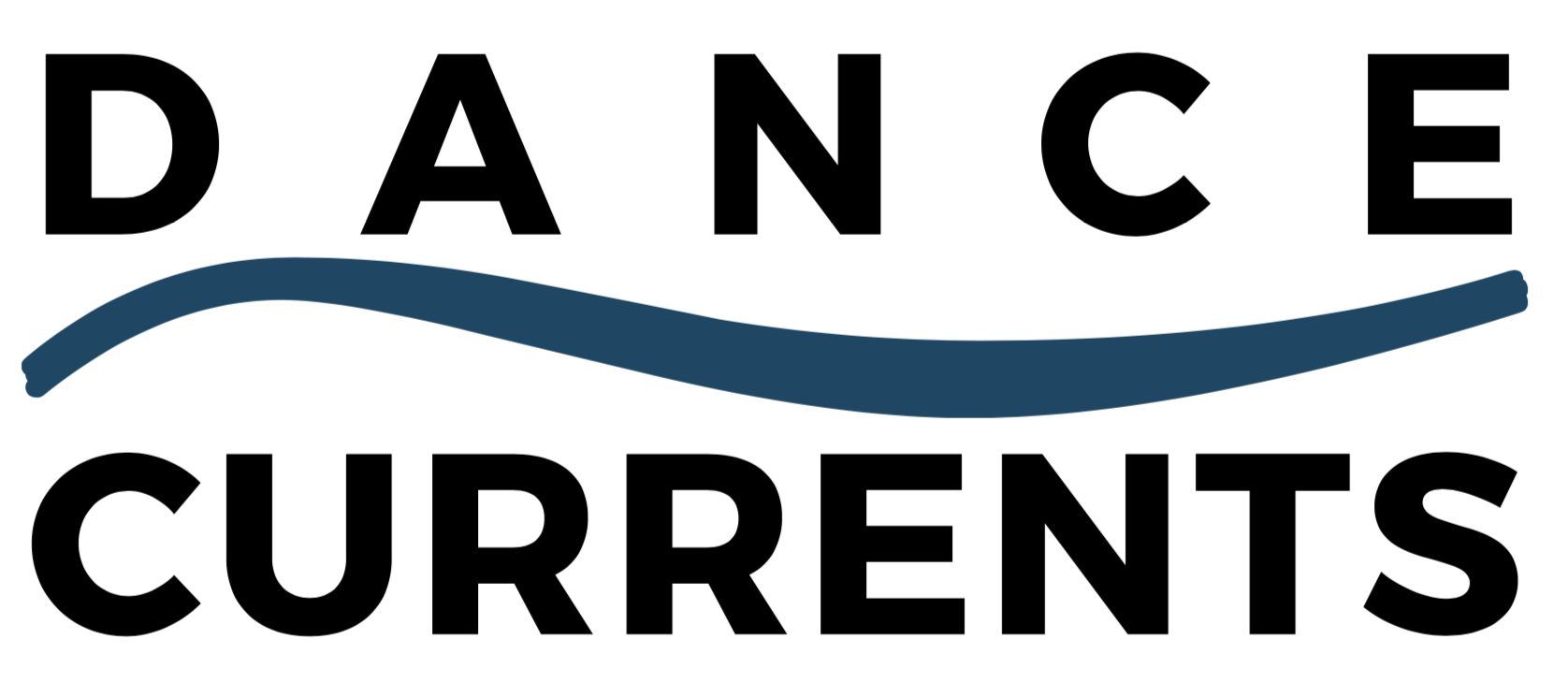Things have been so busy this summer that I only recently visited The Andy Warhol Museum to visit “Warhol Live: Music and Dance in Andy Warhol’s Work,” on view through September 27 (save September 24, when the museum will be closed to host an event for the G-20 Summit).
I must admit that I thought everything would fit on one level. But I was surprised to find a major exhibit, occupying four floors. Another surprise: the elevators were out of commission. So friend Ann Corrado Sahaida and I dutifully climbed up to the seventh floor to begin a dandy Andy adventure.
The museum didn’t waste any time plunging the viewer into Andy’s world. The top floor was built around a multi-media installation that immediately put the viewer on sensory overload — mirror ball, piped music and John Chamberlain’s cushy white “Couch” (1971), a place to rest after the climb and relaxing enough to savor an era. That would be a theme throughout — Warhol’s Charles Ives-ian approach to life.
Ives, an American composer, relished the juxtaposition of two bands in a parade, with overlapping rhythms, melodies and ambiance. Warhol himself played the drum set of life, with his artistic hands moving in a blur from one project to another, from one celebrity to another, from one silk-screen to another, all with an ease and grace.
We moved from no less than ten portraits of Mick Jagger down to another “MJ,” Michael Jackson, Prince and Studio 54, with competing musical selections. There were more friends’ portraits — Liza Minnelli, Debbie Harry, David Bowie and a very young Madonna (circa “Desperately Seeking Susan” 1985) with artist Keith Haring.
I seemed to detect movement in the shadows of Warhol’s diamond dust series, more so than the boldly defined lines of his more famous celebrity prints. I thought I was stretching things. But wait — there was a picture of Minnelli, Rudolf Nureyev and Martha Graham! And nearby one of Warhol and Graham and a birthday cake. Whose birthday? She was born May 11, he on August 6. But they both seemed to enjoy blowing out the candles.
was a picture of Minnelli, Rudolf Nureyev and Martha Graham! And nearby one of Warhol and Graham and a birthday cake. Whose birthday? She was born May 11, he on August 6. But they both seemed to enjoy blowing out the candles.
As we descended deeper into the collection, the exhibit peeled away the layers of Warhol’s more-than-fifteen minutes of fame. The fifth floor featured some earlier works, like a self-portrait wallpaper lining the hallway and “Guitar Players” (1947), which was gouache on board.
His art extended an extensive record collection — yes, he worked for many major studios, adding his signature to arti sts from Toscanini’s “William Tell Overture” to the famous “Sticky Fingers” cover for the Rolling Stones, complete with zipper, and The Velvet Underground and Nico banana with the delicious phrase, “Peel Slowly and See.”
sts from Toscanini’s “William Tell Overture” to the famous “Sticky Fingers” cover for the Rolling Stones, complete with zipper, and The Velvet Underground and Nico banana with the delicious phrase, “Peel Slowly and See.”
There was plenty of Hollywood, including Judy Garland and multiple repetitions of a gun-totin’ Elvis Presley. But the exhibition saved the best for last.
Any movement lover could appreciate the invitation to dance the various foot patterns in Warhol’s diagram series. (It would be an expensive lesson — his diagrams have brought over $2 million at auction.)
Then we came upon it, “I Like Dance” from 1948, a dancing Christmas card and a cover on Dance Magazine — it seemed that Warhol was no casual dance lover. And of course, it was easy to linger over three classic poses of Martha Graham, including “Letter to the World” and a double-fisted “Satyric Festival Song” and, of course, her portrait.
 But for the tried-and-true enthusiast, leave some time for Merce Cunningham’s “RainForest” (1968) at the end. A video plays footage of the original cast, including legendary contemporary artists Carolyn Brown and Gus Solomons, Jr. Running about 30 minutes in length, it’s worth your time. In fact, time has given the viewer the luxury of perspective. It unfolds like an abstraction of the era — the burgeoning environmental movement juxtaposed with the space race of the ’60’s.
But for the tried-and-true enthusiast, leave some time for Merce Cunningham’s “RainForest” (1968) at the end. A video plays footage of the original cast, including legendary contemporary artists Carolyn Brown and Gus Solomons, Jr. Running about 30 minutes in length, it’s worth your time. In fact, time has given the viewer the luxury of perspective. It unfolds like an abstraction of the era — the burgeoning environmental movement juxtaposed with the space race of the ’60’s.
The best angle? Sit on the floor while Warhol’s silver pillow clouds float overhead and enjoy.
For more information, visit The Andy Warhol Museum website.


Recent Comments